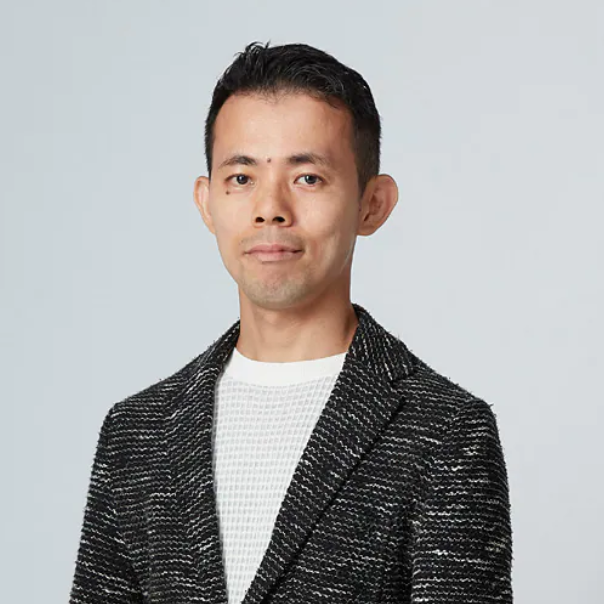
Naoya
Takahashi
Publications
This paper presents a novel approach to deter unauthorized deepfakes and enable user tracking in generative models, even when the user has full access to the model parameters, by integrating key-based model authentication with watermarking techniques. Our method involves pro…
This paper presents the crossing scheme (X-scheme) for improving the performance of deep neural network (DNN)-based music source separation (MSS) with almost no increasing calculation cost. It consists of three components: (i) multi-domain loss (MDL), (ii) bridging operation…
In the realm of audio watermarking, it is challenging to simultaneously encode imperceptible messages while enhancing the message capacity and robustness. Although recent advancements in deep learning-based methods bolster the message capacity and robustness over traditional…
While direction of arrival (DOA) of sound events is generally estimated from multichannel audio data recorded in a microphone array, sound events usually derive from visually perceptible source objects, e.g., sounds of footsteps come from the feet of a walker. This paper pro…
Many existing works on voice conversion (VC) tasks use automatic speech recognition (ASR) models for ensuring linguistic consistency between source and converted samples. However, for the low-data resource domains, training a high-quality ASR remains to be a challenging task…
This paper presents the crossing scheme (X-scheme) for improving the performance of deep neural network (DNN)-based music source separation (MSS) without increasing calculation cost. It consists of three components: (i) multi-domain loss (MDL), (ii) bridging operation, which…
Primary goal of an emotional voice conversion (EVC) system is to convert the emotion of a given speech signal from one style to another style without modifying the linguistic content of the signal. Most of the state-of-the-art approaches convert emotions for seen speaker-emo…
In this paper we propose a novel generative approach, DiffRoll, to tackle automatic music transcription (AMT).Instead of treating AMT as a discriminative task in which the model is trained to convert spectrograms into piano rolls, we think of it as a conditional generative t…
Recent progress in deep generative models has improved the quality of neural vocoders in speech domain. However, generating a high-quality singing voice remains challenging due to a wider variety of musical expressions in pitch, loudness, and pronunciations. In this work, we…
Recent years have seen progress beyond domain-specific sound separation for speech or music towards universal sound separation for arbitrary sounds. Prior work on universal sound separation has investigated separating a target sound out of an audio mixture given a text query…
JOIN US
Shape the Future of AI with Sony AI
We want to hear from those of you who have a strong desire
to shape the future of AI.


